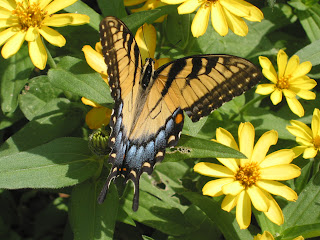
I took the wrong exit off of Rte 101, and called my friend who directed me through the streets of San Francisco using her i phone. Becca’s mom was my second grade teacher, we took dance lessons together in elementary school and attended elementary school, now twenty-two years later, we are again friends. I picked her up and we headed to Green’s restaurant on the bay.
For a moment, I felt dissected, like light passed through a prism. I had awakened that morning at 5:10, dressed in the dark, and walked to the zendo where I sat for an hour with students, priests and guests. Now I navigated the hills of Divisidaro Street, avoiding the Muni, stopping at traffic lights, and catching up with an old friend. I had migrated from the intense sun of the high desert to the fog-bound coast.
Once operated by San Francisco Zen Center, Greens still maintains a loose affiliation. They buy vegetables from Green Gulch, an organic farm in Marin County and sister temple to Tassajara. Their food is exquisite. For two hours we found ourselves pausing, surprised into silence by a combination of flavors or by the simple sweetness released from a beet.
Back in the Mission District, where we were staying, the effects of a week’s practice lingered. Instead of rising irritation at the Saturday night revelry, I found amusement, and drifted off to sleep sending Cricket well wishes for a safe night.
In the morning, I pulled aside the red curtains to find fog edging between the buildings and obscuring their upper floors. Becca and I dressed and walked up to Tartin, a French patisserie. Already this Sunday morning, the line stretched past four buildings to a white garage door. A man in pink scrubs waited ahead of us; a father, with his curly-haired son strapped to his back, read something on his phone; a pregnant woman maneuvered her three-year old into a stroller while holding a cup of milk and an orange juice. I looked up and saw a bronze Buddha face cupping the arm of a traffic light. His half smile remained unchanged when we left, each carrying a pan au chocolate.
We loaded the car, and eased out of the city. The fog was thinning, but still encircled the crown of the Golden Gate Bridge. I exhaled when we turned off on Rte 1 and headed up the coast to Point Reyes, not realizing I’d been holding my breath.
Cricket and I were back on the road, and for a moment, in delightful company.























